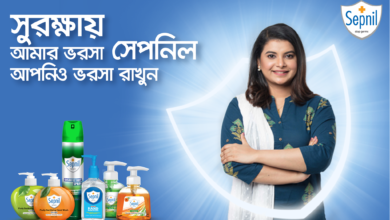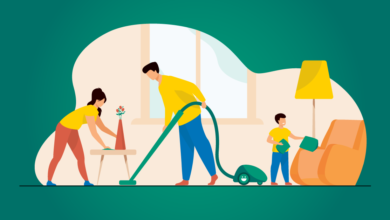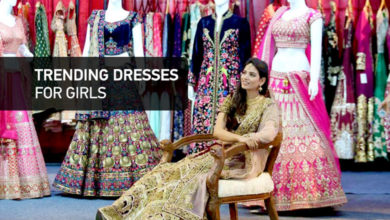Sustainable Fashion: Why Buying Second-Hand Clothes Is the Smart Choice

In today’s world, being ‘smart’ doesn’t just mean spending more – it means spending thoughtfully, with awareness of the environment and your values. In that light, choosing second-hand clothing isn’t just economical; it’s an informed and responsible lifestyle decision. The global fashion industry is one of the biggest polluters, with millions of clothes being produced and dumped yearly. In Bangladesh, the trend is mirrored by high textile production and increasing local waste.
The Rise of Conscious Consumerism
Over the last few years, fashion lovers have begun to think beyond fast fashion. Buying new clothes frequently not only drains your wallet but also harms the environment. Globally, the fashion industry is responsible for about 10% of total carbon emissions, and millions of tons of textile waste end up in landfills every year.
In Bangladesh, one of the world’s largest garment-producing countries, this issue is particularly relevant. While we export quality garments around the world, domestically, we are also seeing an increase in discarded and unsold items. Many of these clothes, if not recycled properly, end up in landfills where they take hundreds of years to decompose.
That’s where second-hand fashion becomes a solution, not just for your wallet, but also for the planet.
Why People Are Choosing Second-Hand Clothes
Second-hand clothing offers several advantages:
- Affordability: High-quality quality branded clothes that cost BDT 3,000 to BDT 6,000 in stores can often be found for BDT 800 – BDT 2,000 on resale platforms like Bikory.
- Sustainability: Reusing clothes reduces the demand for new production, which in turn lowers carbon emissions and water usage.
- Unique Style: Second-hand fashion often includes vintage pieces or limited editions that are no longer available in stores, perfect for standing out.
- Circular Economy Support: By buying used, you help extend the lifecycle of a product, making fashion more circular and less wasteful.
In Dhaka and other major cities, young consumers are increasingly choosing unique and budget-friendly fashion through online thrift stores or second-hand sellers, especially students, newly employed professionals, or young families.
What About Hygiene?
One of the most common concerns about second-hand clothes is cleanliness. However, this issue is easy to overcome. Most resale platforms and responsible sellers wash and inspect the items before listing them. As a buyer, it’s always a good idea to wash and disinfect your clothes once again before washing them, just like you would do with new clothes.
The Online Advantage
With the rise of online platforms in Bangladesh, buying and selling second-hand clothes has become easier than ever. Platforms like Bikroy allow sellers to list items with pictures, prices, and descriptions, and buyers can browse through categories, filter by size or brand, and make direct contact.
You can now shop second-hand fashion from the comfort of your home, without compromising on style or quality.
Final Thought
In 2025, buying second-hand clothing is not only a smart financial decision but also a responsible environmental action. Whether you are looking to save money, reduce your carbon footprint, or find a rare vintage gem, second-hand fashion gives you the best of all worlds.
It’s not about wearing someone else’s clothes – it’s about wearing your values.





